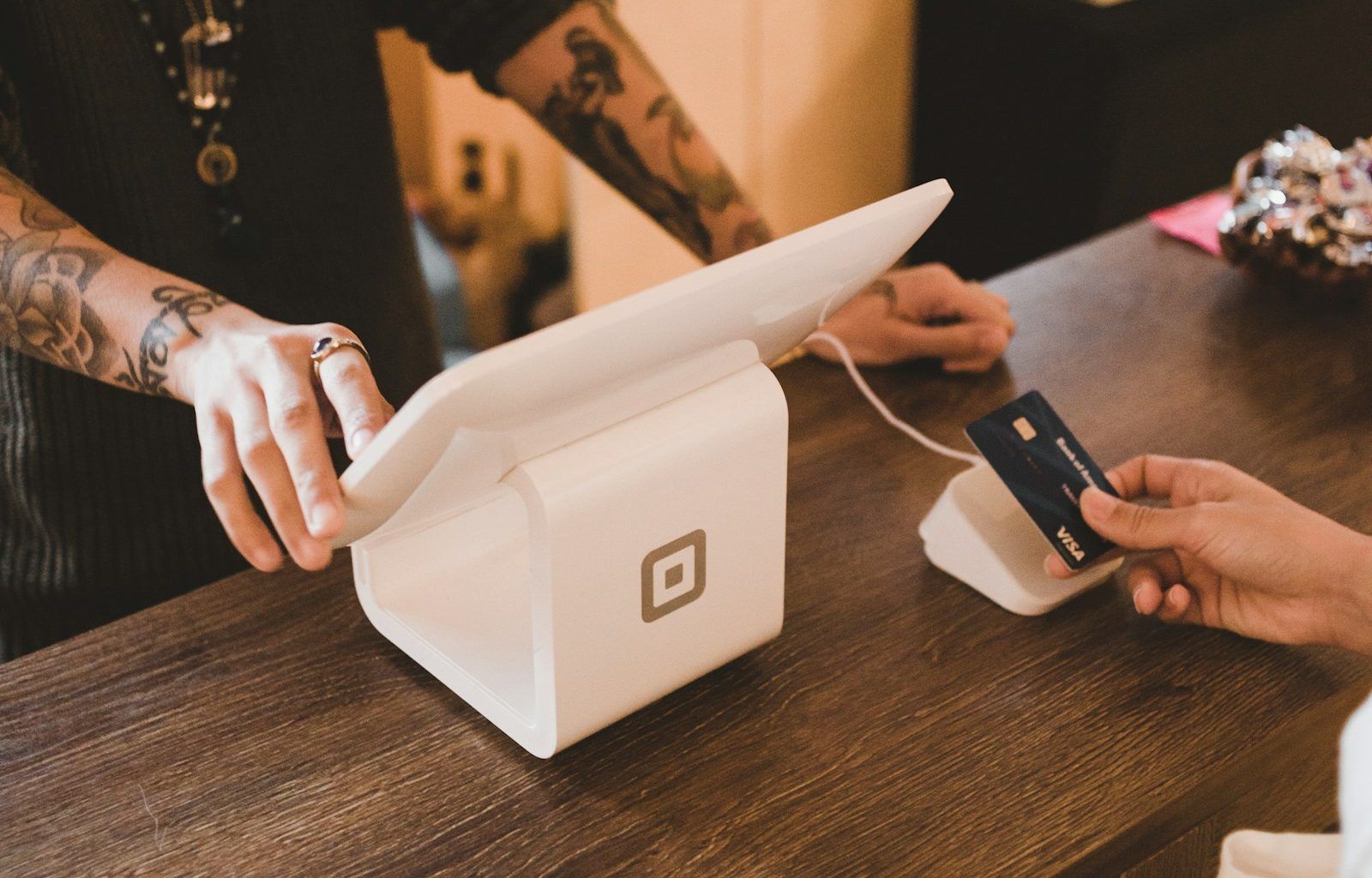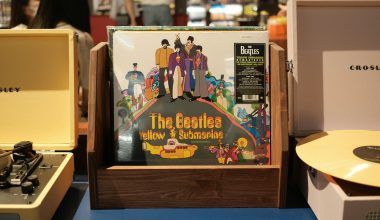Selling merch is an exciting way to build your brand, connect with your audience, and earn extra income. Whether you’re an influencer, artist, musician, or entrepreneur, creating and selling your own merchandise can be a fulfilling and profitable venture. But where do you start? Don’t worry—this guide will take you step-by-step through everything you need to know about how to sell merch successfully.
Why Sell Merch?
Before diving into the “how,” let’s talk about the “why.” Selling merch isn’t just about making money—it’s also a powerful way to create a deeper connection with your audience. When people buy your merchandise, they’re not just purchasing a product; they’re supporting you and becoming part of your story. This can help you build loyalty and turn fans into lifelong supporters.
Step 1: Know Your Audience
The first and most important step in selling merch is understanding your audience. What do they love? What kind of products would they want to buy? If you’re a gamer, your audience might appreciate gaming-themed T-shirts or mugs. If you’re an artist, they might love prints or tote bags featuring your designs. Think about their interests, preferences, and lifestyle—this will guide your product choices.
Step 2: Choose Your Merchandise
Once you know your audience, it’s time to choose the right products. There are endless options when it comes to merchandise, from classic items like T-shirts and hoodies to more unique options like phone cases, stickers, or even custom jewelry. Start with a few products that align with your brand and your audience’s preferences.
Here are some popular merch ideas:
- Apparel: T-shirts, hoodies, caps, socks
- Accessories: Tote bags, mugs, keychains, phone cases
- Prints: Posters, stickers, art prints
- Niche items: Custom pins, notebooks, or enamel badges
Step 3: Create Eye-Catching Designs
Great designs can make or break your merch sales. If you’re not a designer, don’t worry—you can hire a freelancer or use design tools like Canva. Make sure your designs are unique, memorable, and align with your brand. Bold graphics, catchy phrases, and iconic logos tend to work well. If you’re using text, choose a font that’s easy to read and matches the vibe of your brand.
Step 4: Choose a Production Method
When it comes to producing merch, you have a few options:
- Print-on-Demand: This is a low-risk option where products are only made after a customer orders them. Platforms like Printful or Teespring handle production and shipping for you. While convenient, profit margins can be lower.
- Bulk Production: If you’re confident in your sales, you can order products in bulk from manufacturers. This method has higher upfront costs but gives you better profit margins per item.
- DIY Production: If you’re a hands-on creator, you might consider making your own merch. This works well for niche or handmade products but can be time-consuming.
Step 5: Set Up Your Online Store
Selling merch requires a platform where people can browse and buy your products. Setting up an online store has never been easier. Here are some options:
- Shopify: A user-friendly platform that lets you build a custom store.
- Etsy: Perfect for handmade or artistic merch.
- Your Website: If you already have a website, add a shop section.
- Social Media: Platforms like Instagram and Facebook now have built-in shopping features.
Make sure your store is easy to navigate, visually appealing, and mobile-friendly. Don’t forget to write compelling product descriptions and include high-quality photos of your merch.
Step 6: Price Your Merch
Pricing can be tricky. You want to make a profit, but you also don’t want your prices to be too high. Consider the cost of production, shipping, and the value your merch provides. A good rule of thumb is to aim for a profit margin of at least 30%.
Step 7: Promote Your Merchandise
No one will buy your merch if they don’t know it exists. Promotion is key! Here are some effective strategies:
- Social Media: Share photos, videos, and stories featuring your merch.
- Email Marketing: Send out an email to your subscribers announcing your new products.
- Collaborations: Partner with influencers or other creators to promote your merch.
- Exclusive Deals: Offer limited-time discounts or bundle deals to entice buyers.
Step 8: Engage with Your Customers
Selling merch is not just a transaction; it’s an opportunity to build relationships. Engage with your customers by responding to their comments, reposting their photos of your merch, and asking for feedback. This will make them feel valued and encourage repeat purchases.
Step 9: Monitor Your Sales and Adjust
Once your merch is out there, keep an eye on how it’s performing. Use analytics tools to track sales, popular items, and customer behavior. If something isn’t selling well, consider tweaking your designs, pricing, or promotional strategy. Continuous improvement is key to long-term success.
Common Challenges and How to Overcome Them
Selling merch isn’t without its challenges. Here are some common hurdles and tips to overcome them:
- Low Sales: Reassess your product-market fit and promotional efforts.
- High Shipping Costs: Look for fulfillment services that offer better rates or adjust your pricing to include shipping.
- Design Issues: Test your designs on sample products before launching them to ensure quality.
Final Thoughts
Learning how to sell merch takes time, but it’s a rewarding journey. Start small, stay consistent, and always listen to your audience. Remember, your merch represents your brand, so make it something you’re proud to share with the world. With the right approach, selling merch can be a fantastic way to grow your brand and create meaningful connections with your fans.
Meta Title: How to Sell Merch: The Ultimate Beginner’s Guide Meta Description: Learn how to sell merch and grow your brand with this step-by-step guide. From choosing products to promoting your store, discover the secrets to successful merchandise sales.
For further reading, explore these related articles:
- Costa Titch: The Inspiring Journey of a Rising Rap Star
- The Amazing Story of BTS: When Did BTS Start?
For additional resources on music marketing and distribution, visit DMT Records Pvt. Ltd..






